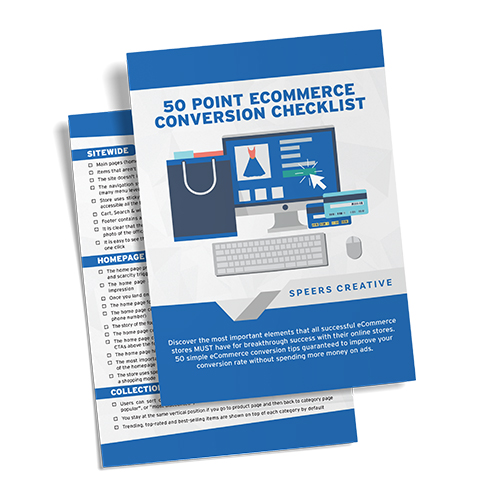Data Driven Decisions: Analyzing and Tracking Your Ecommerce Business Performance
Created On: May 16, 2023
Created By: SC-Developer
As an ecommerce business owner, it’s essential to have a clear understanding of how your business is performing in order to make informed decisions and drive growth. Having access to accurate and relevant data can help you identify areas of strength and weakness, track progress, and make necessary adjustments to improve the overall success of your business. In this blog post, we will explore the best ways to analyze and track the performance of your ecommerce business in 2023.
Google Analytics
Google Analytics is a powerful tool that provides valuable insights into the performance of your website. With Google Analytics, you can track website traffic, monitor user behavior, and measure the impact of your marketing campaigns. You can also monitor the performance of your website in terms of time on site, bounce rate, and conversion rate. By understanding how users interact with your website, you can make improvements to enhance the user experience and drive sales.
Customer Data Platforms (CDPs)
A Customer Data Platform (CDP) is a central repository that collects and integrates data from various sources to provide a unified view of your customers. By having a centralized view of customer data, you can better understand their behavior, preferences, and purchase history. This information can be used to personalize your marketing and improve the customer experience, which can lead to increased sales and customer loyalty.
Sales and Revenue Tracking
It’s important to regularly track your sales and revenue to see how your business is performing. You can use tools like QuickBooks or Xero to track your sales, expenses, and profits. By analyzing this data, you can make informed decisions about where to allocate your resources and make changes to improve your bottom line.
Social Media Analytics
Social media is a powerful tool for marketing your ecommerce business. By regularly monitoring your social media presence, you can gain valuable insights into what’s working and what’s not. Tools like Hootsuite, Sprout Social, and Buffer allow you to track engagement, reach, and conversions from your social media efforts. By understanding the impact of your social media marketing, you can adjust your strategy to maximize your return on investment.
A/B Testing
A/B testing is a powerful way to test different elements of your website and marketing campaigns to determine what resonates with your audience. By testing different headlines, images, and copy, you can determine what resonates with your audience and make improvements to enhance the user experience and drive sales.
In conclusion, there are many ways to analyze and track the performance of your ecommerce business in 2023. By using tools like Google Analytics, Customer Data Platforms, Sales and Revenue Tracking, Social Media Analytics, and A/B Testing, you can gain valuable insights into your business and make informed decisions to drive growth.
Thanks for reading this article! We hope you’ve found the information helpful and can use what you’ve learned to maximize your online sales potential. If you’re truly serious about drastically increasing the number new sales each month, then we have excellent news. For a limited time only, we’re offering complimentary, no-obligation strategy sessions with one of our in house eCommerce experts.
During your 30-minute session, we’ll discuss your current situation, what your goals are and how we can help you achieve them using our proven eCommerce system.
To claim your free consultation or find out more information about this limited- time offer, all you have to do is click here.
Sc Inside Tips
Subscribe to the SC Insider Newsletter and get real eComm marketing tips and optimization tactics that we use every day inside our agency, all yours completely FREE...


